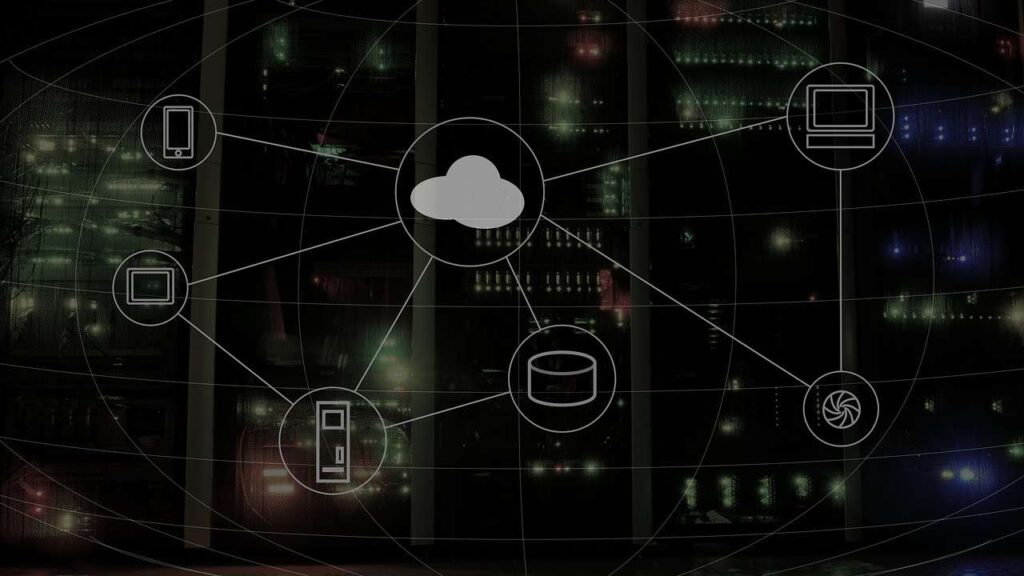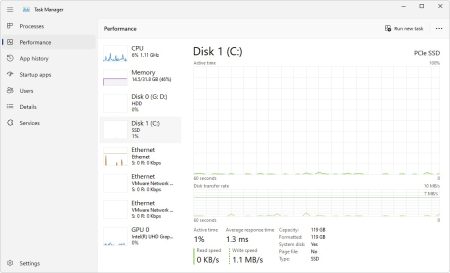Cloud computing is the on-demand delivery of shared computing resources, which could refer to software, analytics, storage, databases, and other IT resources through a cloud services platform via the internet with pay-as-you-go pricing.
You can run your company’s IT operations with nothing more than a browser and an Internet connection. Cloud computing dates back to the 1950s, and over the years.
It has evolved through many phases that were first pioneered by IBM, including grid, utility, and on-demand computing.
Types of cloud computing services
1. Infrastructure as a Service (IaaS)
IaaS is a cloud computing model where virtualized infrastructure is offered to and managed for, businesses by external cloud providers.
With IaaS, companies can outsource for storage, servers, data center space and cloud networking components connected through the internet, offering similar functionality as that of on-premises infrastructure.
Some examples of the wide usage of IaaS are automated, policy-driven operations such as backup, recovery, monitoring, clustering, internal networking, website hosting, etc.
2. Platform as a Service (PaaS)
This type of cloud computing is similar to IaaS but is more advanced. With PaaS, apart from simply providing infrastructure, providers also offer a computing platform and solution stack as a service.
The IT infrastructure may come with a graphic user interface, run-time system libraries, programming languages, or an operating system.
PaaS providers offer a fully configured sandbox and deployment environment for customers to develop, test and deploy their cloud applications.
Examples of PaaS solutions include Salesforce.com’s Force.com, Rackspace Cloud Sites, Google App Engine, and Microsoft Azure.
3. Software as a service (SaaS)
Software as a service (SaaS) is a software distribution model in which a third-party provider hosts applications and makes them available to customers over the Internet.
SaaS is one of three main categories of cloud computing, alongside infrastructure as a service (IaaS) and platform as a service (PaaS). SaaS is closely related to the application service provider (ASP) and on-demand computing software delivery models.
Advantages of cloud computing
- Elasticity – Scale up or down quickly to meet fluctuating workload requirements
- Affordability – Only pay for what you use, and minimize hardware and IT costs
- Availability – Get 24/7 cloud system access from anywhere, on any device
- Security – Improve compliance, protect data, and mitigate risk with continuous security updates
- Innovation –Rapidly adopt new technologies to innovate faster while simplifying IT’s role
- Agility – Set up and react quickly to changing market conditions and business needs.
- Virtual – Imagine racks of servers, humming along in a data center. Together, these servers become a massive pool of resources. Divide this “pool” into multiple virtual servers, and you create a “cloud.”
- Scalable – Since virtual servers aren’t physical, they are super flexible, giving you what you need at the moment. Spin up a server in minutes, and take it down just as easily.
- Optimized performance – The cloud adjusts to your performance needs, dynamically assigning server cycles whenever and wherever you need them, and automatically adjusting to spikes in your business.
- Stop spending money on running and maintaining data centers – Focus on projects that differentiate your business, not the infrastructure. Cloud computing lets you focus on your own customers, rather than on the heavy lifting of racking, stacking and powering servers.
How Does Cloud Computing Work?
The computing resources we mentioned above are provided by cloud providers. For cloud computing to work, three major components have to be present; front end, back end, and network.
Together these components form the cloud computing architecture. Below is a brief description of each of these components.
- Front-end – This refers to the client’s computer or mobile device and the application required to access the cloud computing system. In most cases, the application is a web browser although other systems may require special applications.
- Backend – This refers to the computer infrastructure owned by the cloud provider such as computers, servers, operating systems, and storage devices. All the data stored in the cloud is usually stored on the storage devices while software applications run on the cloud are run on the computers. Each software application will also have a dedicated server while a central server will be used to monitor traffic and client demands and ensure everything runs smoothly as required.
- Network – This is the key component because it allows the connection of the above two components via the internet.
Cloud service providers integrate all these components together to ensure seamless delivery of computing services to a variety of users using the various cloud service models.
Let’s consider a typical example that uses cloud computing.
If you have an email account with an e-mail service such as Gmail, Yahoo, or Hotmail, then you can log into your email account via the web without installing an email program on your computer or mobile device.
You can also access all the information and files in your email account via the web. The software and storage for your email account do not exist on your device, but rather it exists on the service’s computer cloud.
Simply put, cloud computing shifts the workload from your local computer or device to that of the computer infrastructure owned by the cloud provider.








